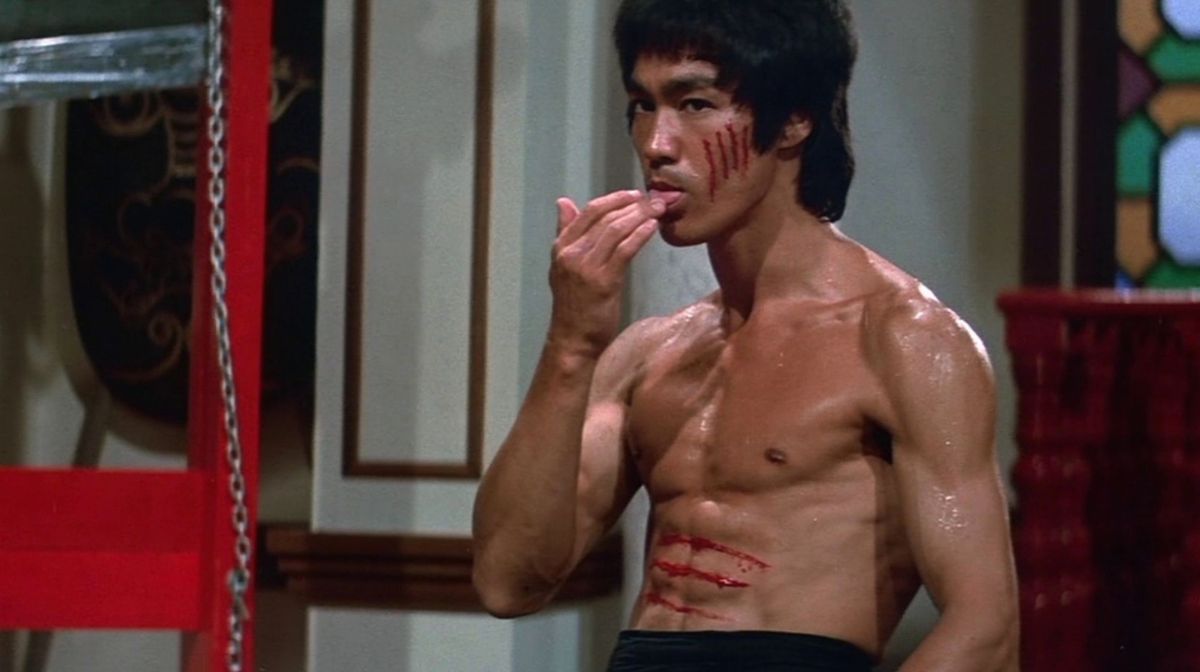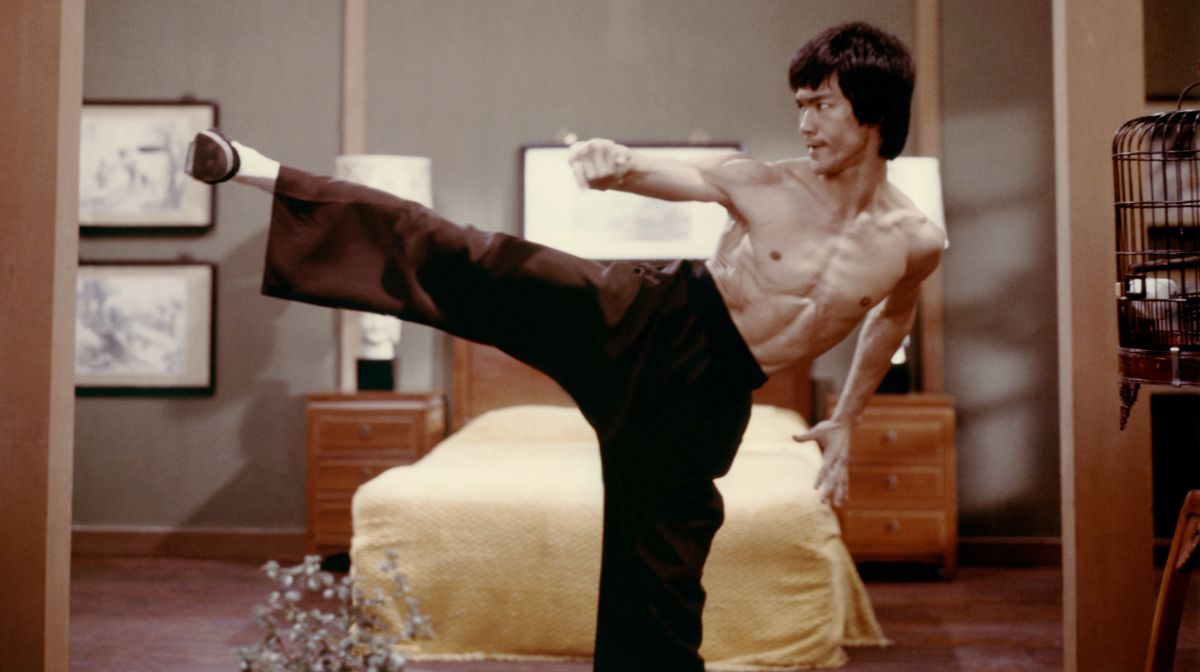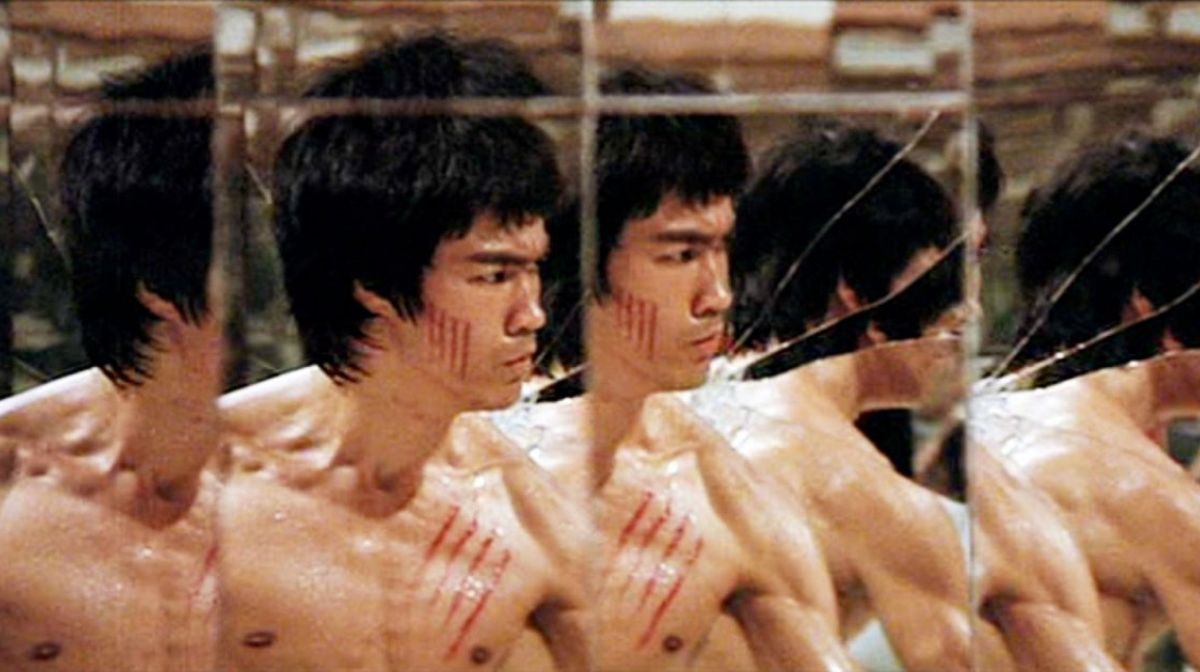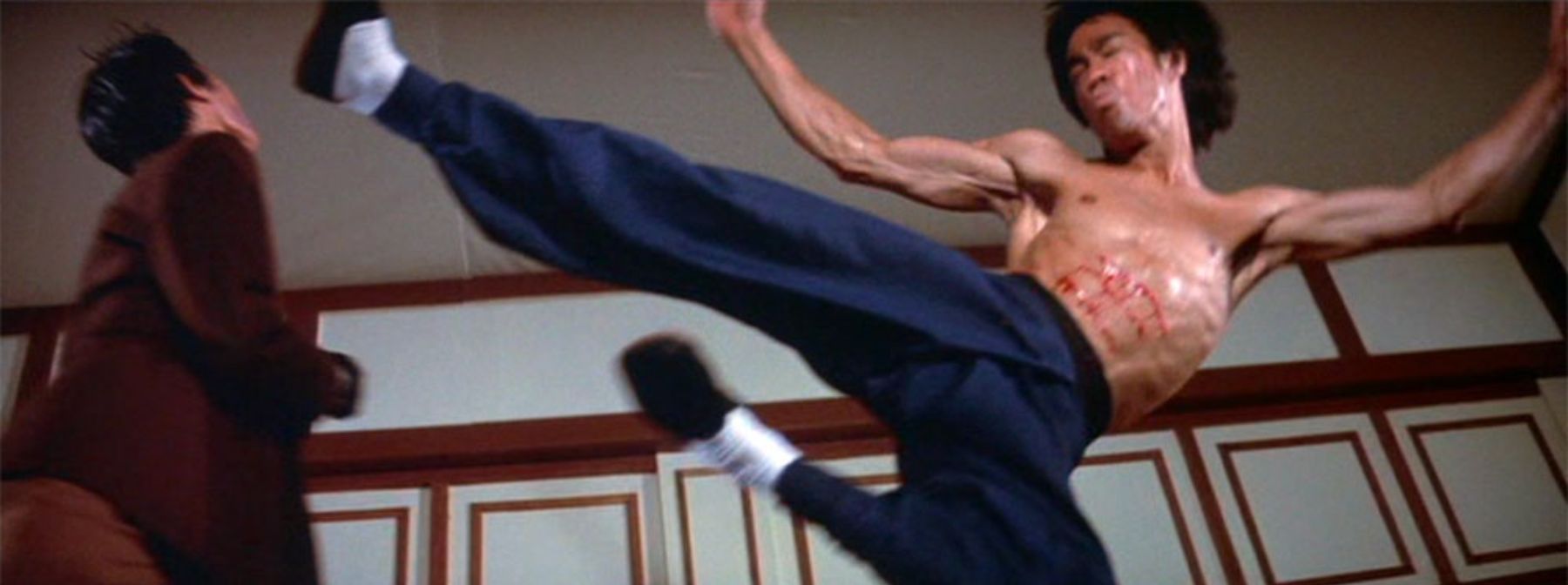
Arriving in the midst of the "New Hollywood" period of the early seventies, an era of grittier, director-driven projects which emerged after several high-profile epics flopped in the previous decade, the final Bruce Lee vehicle slotted neatly into several emerging trends at the time.

Most obviously, it brought America's growing fascination with martial arts firmly into the mainstream, but the film itself wasn't just a straightforward action vehicle. It was frequently compared to the Blaxploitation genre upon release through its combination of hard-hitting crime drama and more over-the-top fight sequences - a stylistic influence which could also be found in Roger Moore's debut 007 outing Live And Let Die, which premiered two months earlier.
While the reinvention of James Bond was the subject of much discussion, with Moore's inaugural outing placing the spy into a tale about an international drug trafficking syndicate, his iteration of the franchise soon lost that narrative edge in favour of more knowingly silly hijinks. Instead, it was that summer's other espionage tale which set more of a template for the genre's future, and quite shockingly, it largely isn't even remembered as a spy story in the cultural consciousness.
Undercover Warrior

In Enter The Dragon, we're introduced to Lee, a martial arts instructor based in San Francisco who is hired by British Intelligence to attend a major tournament taking place on a crime lord's private island, hopefully gathering evidence to convict him along the way.
It's a simple story that promises to build into a succession of spectacular fights as Lee gets in too deep behind enemy lines alongside other skilled martial artists. He's an atypical archetype for a spy - Bond, the character any moviegoer would associate with a secret agent at the time, was known for his gun-wielding, not for getting his hands dirty in direct combat.
And yet, the narrative is established in a way that makes it easy to draw parallels with the Bond franchise up to this point in time, and not just due to the overbearing background presence of British Intelligence.

The glamorous, secret island owned and operated by a big bad is a narrative staple in Ian Fleming's espionage world, while the undercover, fact-finding mission Lee finds himself on isn't entirely dissimilar from the assignments Sean Connery's iteration of the character had been given. It's not just the presence of Sumo wrestlers that draws comparisons to the surreal missions Bond found himself on in You Only Live Twice, for example.
If James Bond was the definitive screen depiction of a spy for the sixties, his suave cool chiming in perfectly with that era, then Lee was moulded as a complete reinvention of the archetype for a new decade - it's easy to imagine the character returning to be sent on additional missions if sequels were able to have been made. Audiences wanted grit with their cinematic spectacle, and Enter The Dragon was better placed to reinvent the spy story than any recasting of Bond could at that moment in time.
Enter The Other Spies

The influence of Enter The Dragon looms large over the action genre, popularising martial arts in the movies and going on to influence some of the earliest beat'-em-up video games. Without this movie, everything from Jackie Chan's career as a global superstar to franchises like Street Fighter and Mortal Kombat likely wouldn't have materialised.
But its influence on spy movies remains largely underdiscussed, largely because it didn't become a noticeable inspiration overnight. As previously mentioned, the Moore era of 007 quickly embraced its sillier side, with its ageing star unable to commit to more intensive action sequences, while the martial arts movies which exploded in the West in the subsequent years were predominantly period pieces.
Lee was a thoroughly modern hero, while Chan's first starring vehicles (such as the excellent Drunken Master) were set at the turn of the 20th century, contemporary only in their unique kung fu styles.

It could be argued that it wasn't until the late 1980s and early 1990s, when Hong Kong action directors such as John Woo pivoted to Hollywood, when western filmmakers began to look back at Enter The Dragon as more than a mere martial arts touchstone. Take a look at how GoldenEye immediately re-established 007 for the Pierce Brosnan era, opening with him taking part in a death-defying stunt leaping off a bridge as he embedded himself under the watchful eye of his enemy.
Casino Royale would go even further in recontextualising Bond for the 21st Century under the stewardship of Daniel Craig. Many argue that the Bourne movies were by far the biggest influence on this reboot, but its reinterpretation of a classic Fleming story is made up of the same ingredients as Enter The Dragon; bloody fight scenes, practically staged action set pieces (such as the all-timer parkour chase), and a mission which sends him to a shady tournament.

Bond was never an action franchise, but it finally became one in its most recent era. A spy saga like Mission: Impossible, similarly started off as a thrilling undercover tale - but after Woo directed the sequel, producer/star Tom Cruise began upping the ante on its set pieces, and began adding fight sequences into the mix.
All of this becoming an established and accepted part of a spy franchise, where the hero typically remained grounded even as his adversaries were larger-than-life, would be unthinkable if it weren't for Enter The Dragon's successful blend of genres. It transformed blockbuster cinema for years to come far beyond its spectacularly choreographed action.
Pre-order Enter The Dragon on 4K.For all things pop culture, follow us on Facebook, Instagram, Twitter and TikTok.









